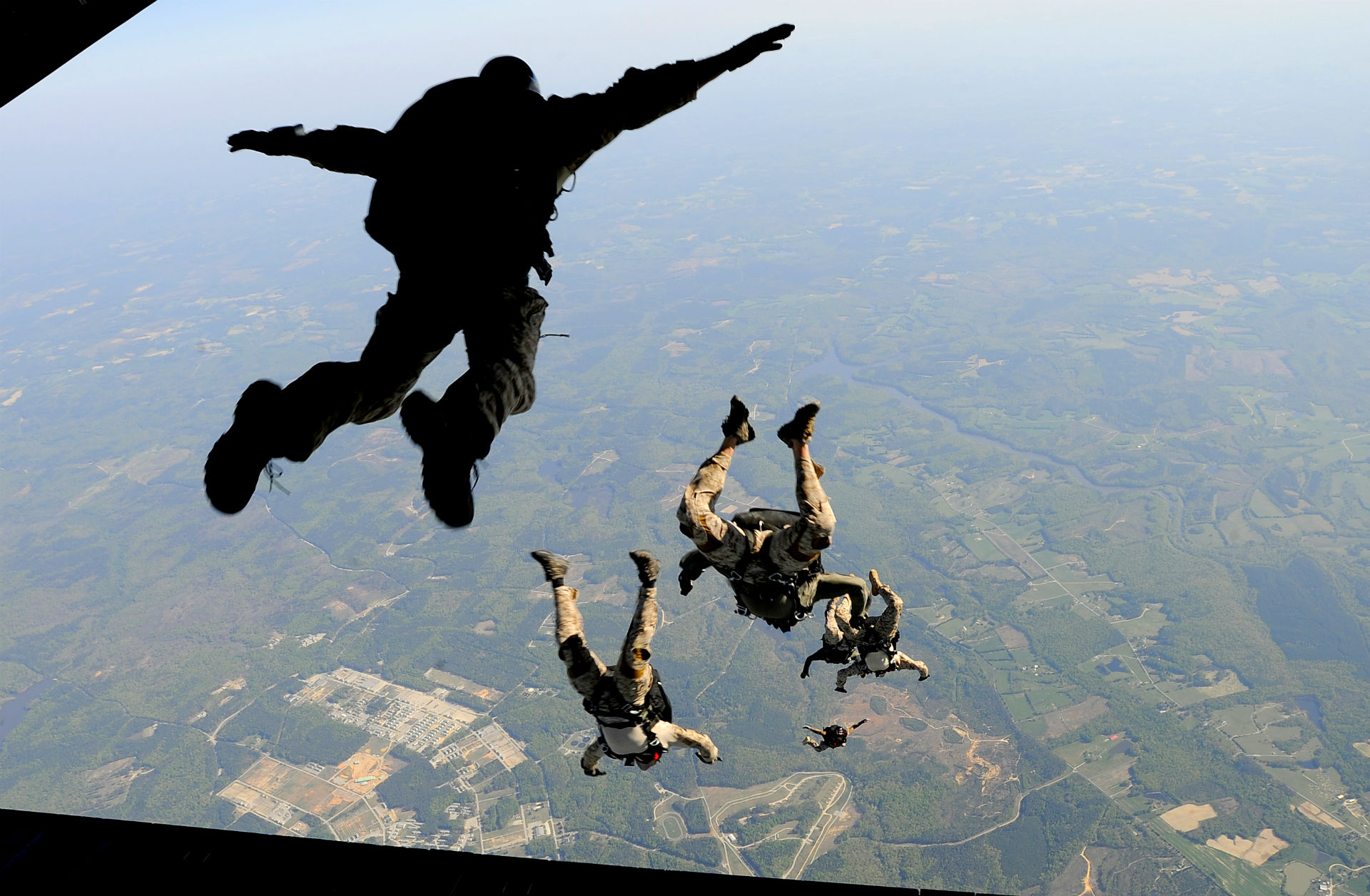Coronaviruses are a large family of viruses which may cause illness in animals or humans. In humans, several coronaviruses are known to cause respiratory infections ranging from the common cold to more severe diseases such as Middle East Respiratory Syndrome (MERS) and Severe Acute Respiratory Syndrome (SARS). The most recently discovered coronavirus causes coronavirus disease COVID-19.
SUBJECT IN FOCUS: COVID-19 virus persistence: Implications for transmission and precaution
recommendations
An experimental study, which evaluated virus persistence of the COVID-19 virus (SARS-CoV-2), has recently been
published in the NEJM1. In this experimental study, aerosols were generated using a three-jet Collison nebulizer and
fed into a Goldberg drum under controlled laboratory conditions. This is a high-powered machine that does not
reflect normal human coughing or sneezing nor does it reflect aerosol generating procedures in clinical settings.
Furthermore, the findings do not bring new evidence on airborne transmission as aerosolization with particles
potentially containing the virus was already known as a possibility during procedures generating aerosols.
In all other contexts, available evidence indicates that COVID-19 virus is transmitted during close contact through
respiratory droplets (such as coughing) and by fomites.2-8
The virus can spread directly from person to person when
a COVID-19 case coughs or exhales producing droplets that reach the nose, mouth or eyes of another person.
Alternatively, as the droplets are too heavy to be airborne, they land on objects and surfaces surrounding the
person. Other people become infected with COVID-19 by touching these contaminated objects or surfaces, then
touching their eyes, nose or mouth. According to the currently available evidence, transmission through smaller
droplet nuclei (airborne transmission) that propagate through air at distances longer than 1 meter is limited to
aerosol generating procedures during clinical care of COVID-19 patients.
As such, WHO continues to recommend that everyone performs hand hygiene frequently, follows respiratory
etiquette recommendations and regularly clean and disinfect surfaces. WHO also continues to recommend the
importance of maintaining physical distances and avoiding people with fever or respiratory symptoms. These
preventive measures will limit viral transmission.
Since the start of the COVID-19 outbreak, and in alignment with available evidence, WHO maintains the
recommendation, in the context of droplet and contact precautions for the use of medical masks for regular care of
COVID-19 patients and respirators (N95, FFP2 or FFP3) for circumstances and settings where aerosol generating
procedures are performed.9
References
1. van Doremalen N, Morris D, Bushmaker T et al. Aerosol and Surface Stability of SARS-CoV-2 as compared with SARSCoV-1. New Engl J Med 2020 doi: 10.1056/NEJMc2004973
2. Liu J, Liao X, Qian S et al. Community transmission of severe acute respiratory syndrome coronavirus 2, Shenzhen,
China, 2020. Emerg Infect Dis 2020 doi.org/10.3201/eid2606.200239
3. Chan J, Yuan S, Kok K et al. A familial cluster of pneumonia associated with the 2019 novel coronavirus indicating
person-to-person transmission: a study of a family cluster. Lancet 2020 doi: 10.1016/S0140-6736(20)30154-9
4. Li Q, Guan X, Wu P, et al. Early transmission dynamics in Wuhan, China, of novel coronavirus-infected pneumonia. N
Engl J Med 2020; doi:10.1056/NEJMoa2001316.
5. Huang C, Wang Y, Li X, et al. Clinical features of patients infected with 2019 novel coronavirus in Wuhan, China. Lancet
2020; 395: 497–506.
6. Burke RM, Midgley CM, Dratch A, Fenstersheib M, Haupt T, Holshue M,et al. Active monitoring of persons exposed to
patients with confirmed COVID-19 — United States, January–February 2020. MMWR Morb Mortal Wkly Rep. 2020 doi :
10.15585/mmwr.mm6909e1external icon
7. World Health Organization. Report of the WHO-China Joint Mission on Coronavirus Disease 2019 (COVID-19) 16-24
February 2020 [Internet]. Geneva: World Health Organization; 2020 Available from: https://www.who.int/docs/defaultsource/coronaviruse/who-china-joint-mission-on-covid-19-final-report.pdf
8. Ong SW, Tan YK, Chia PY, Lee TH, Ng OT, Wong MS, et al. Air, surface environmental, and personal protective
equipment contamination by severe acute respiratory syndrome coronavirus 2 (SARS-CoV-2) from a symptomatic
patient. JAMA. 2020 Mar 4 [Epub ahead of print].
9. WHO Infection Prevention and Control Guidance for COVID-19 available at
https://www.who.int/emergencies/diseases/novel-coronavirus-2019/technical-guidance/infection-prevention-andcontrol
The odds of catching Covid-19 on an airplane are slimmer than you think, scientists say
American Airlines is dropping service to these 15 cities. This is likely only the beginning
Hawaii further delays quarantine lift until October 1
Australia's Qantas says international flights 'unlikely' to resume before July 2021
Bali plans to reopen to international tourists in September. A number of obstacles stand in its way
1 in 4 hotels can't pay their mortgages
The handful of countries still welcoming US tourists
US FDA announces emergency authorization for convalescent plasma to treat Covid-19
WHO: Kids 5 and under should not have to wear masks
In a global pandemic, it's a good year to get a flu shot
CNN en Español's Dr. Elmer Huerta volunteered for a coronavirus vaccine trial. Here's why
China says it's been vaccinating doctors and border workers since July
In a global pandemic, it's a good year to get a flu shot
Acute anxiety: Internet searches for key words spiked to all-time high early in pandemic
 Aug 31, 2020 12:35nc
Aug 31, 2020 12:35nc Aug 31, 2020 12:35nice
Aug 31, 2020 12:35nice Aug 31, 2020 12:35great
Aug 31, 2020 12:35great



























.png)
















Comments